OUR SERVICES
OUR SERVICES
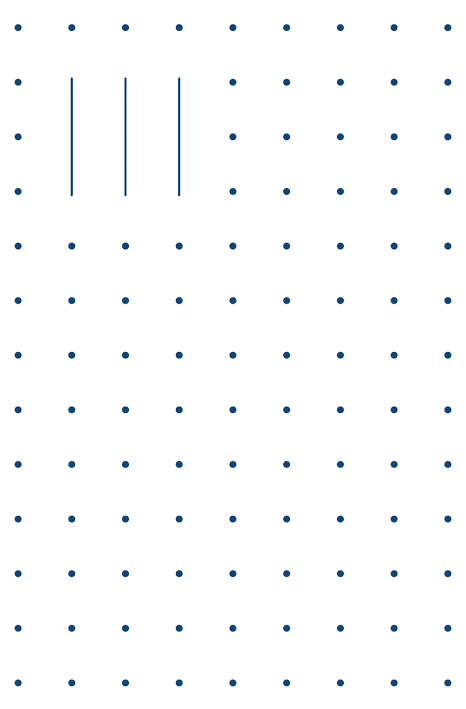
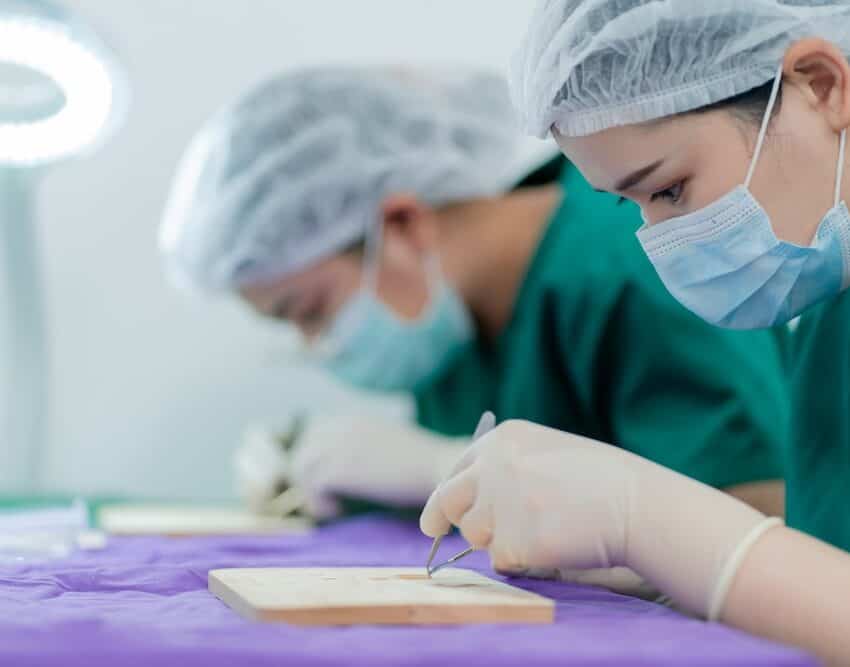
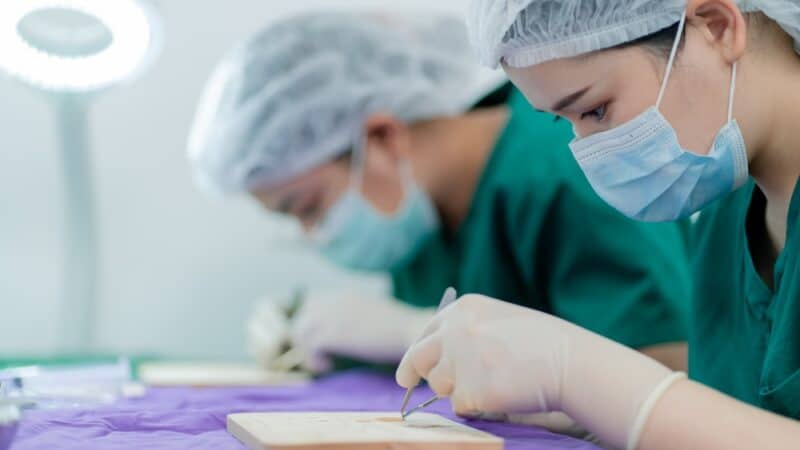
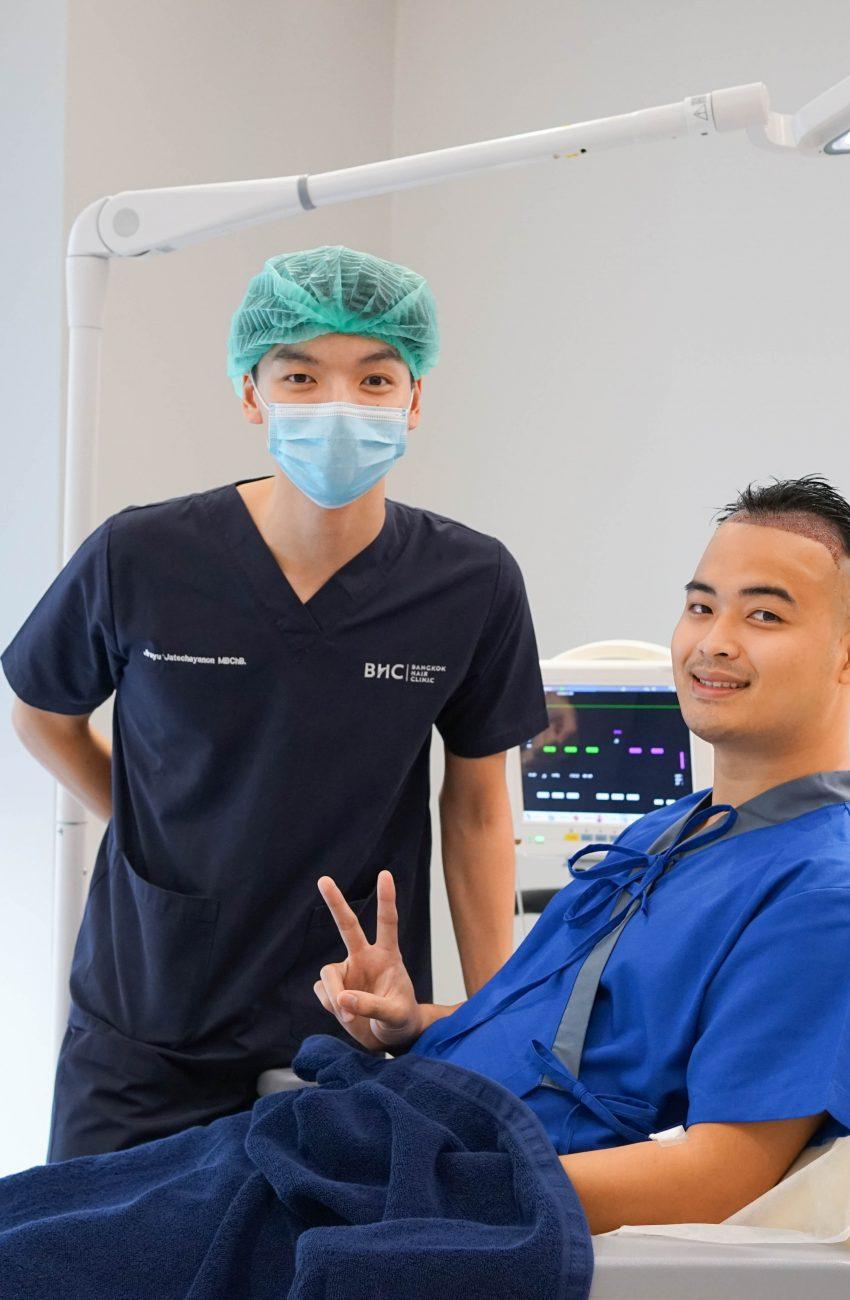
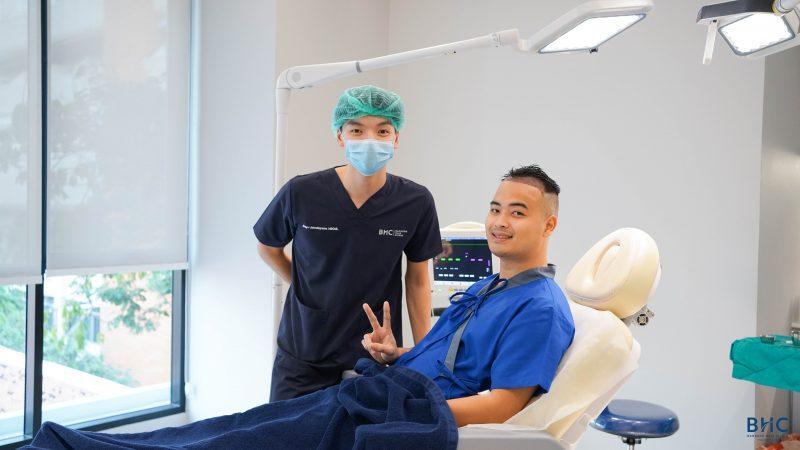
Permanent hair transplantation using Follicular Unit Extraction (FUE) is a well-established and increasingly popular procedure all around the world and in Thailand. Shaven FUE involves shaving your entire head and transplanting strong, permanent hair follicles from the back of the head (Donor area) to the desired area (Recipient area). The incisions created are only 0.6-0.8mm wide and heal very quickly over a few days, leaving minimal scars. With Shaven FUE, patients can enjoy their regular routine the next day after surgery despite having a life changing surgery. Specialists at Bangkok Hair Clinic are well-known among young patients and recommended by other doctors as they create natural results and are experts in their field.
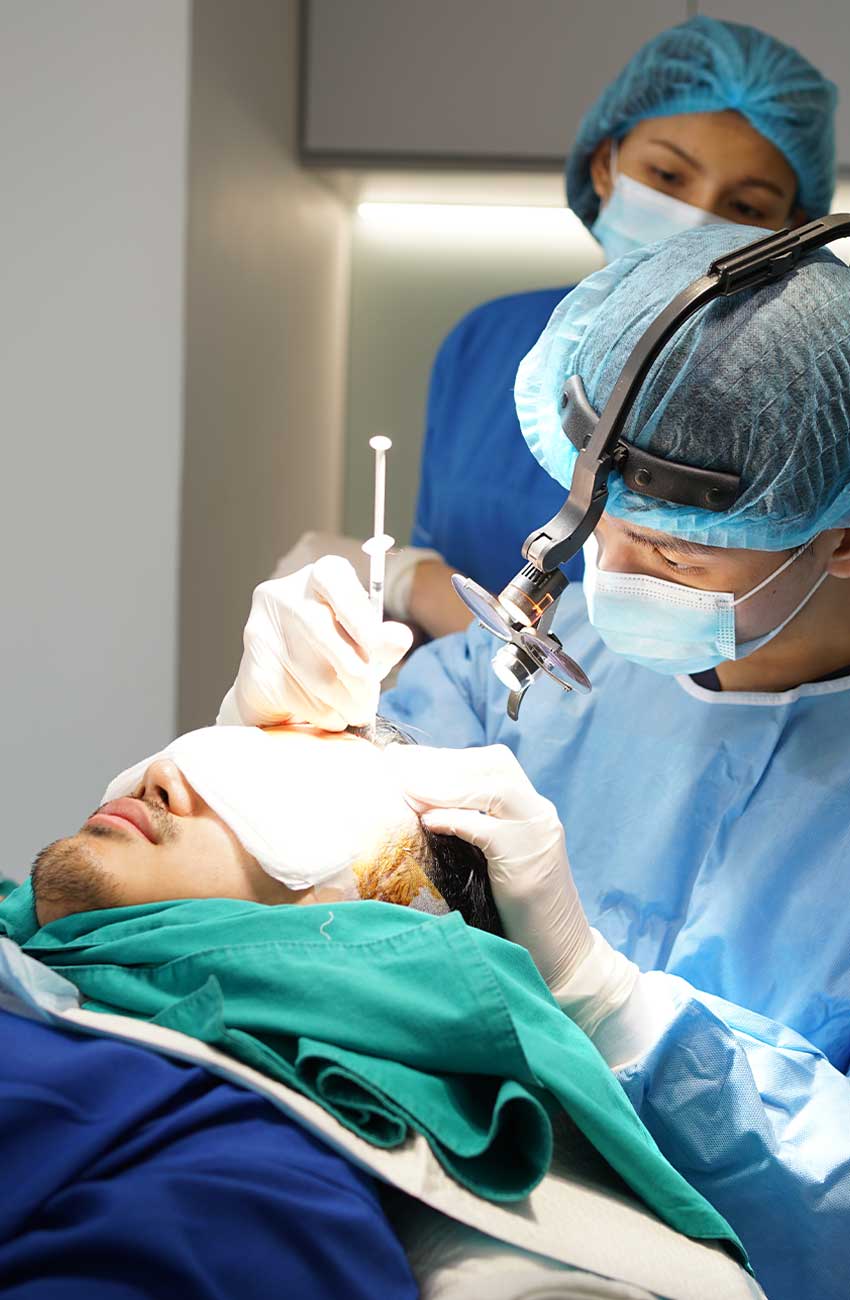
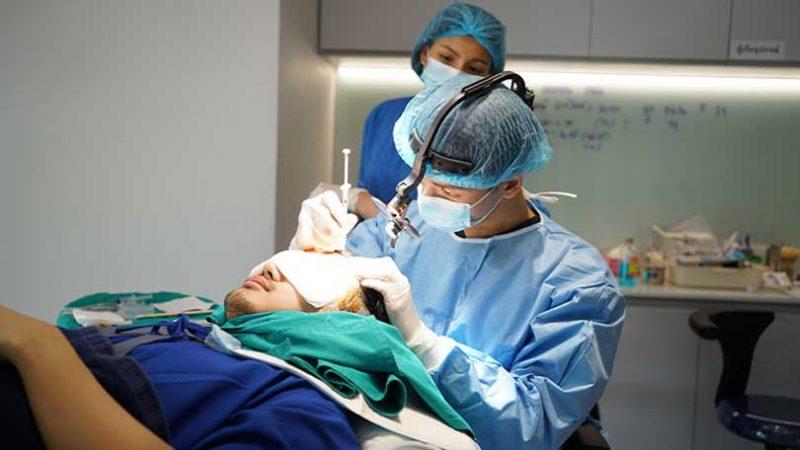
Non-shaven FUE is a novel procedure in the Hair Transplantation field. It involves transplanting strong, permanent hair follicles from the back of the head (Donor area) using a special tool and technique that creates an illusion that the donor area has not been shaved. This is done using a modified razer or scissors to cut small, specific areas so that the overall appearance of the donor area remains full and ‘untouched’. This technique is very difficult, requires great patience, and takes great technical ability to achieve and so only a handful of clinics offer it in Thailand. The result, however, is a seamless, natural hair line that appears almost as if no surgery has been done. This surgery is perfect for those who do not wish to change their hair style or have little time available for recovery
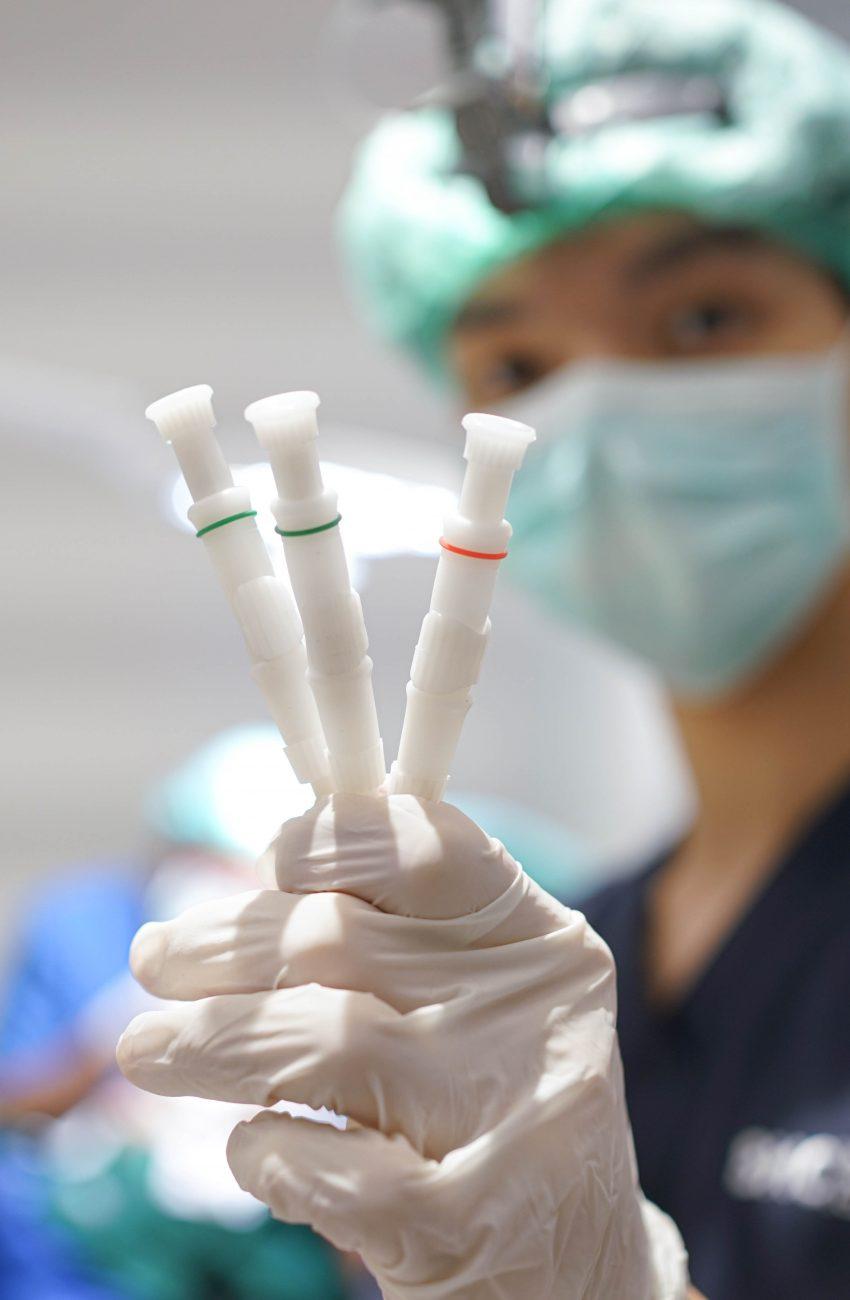
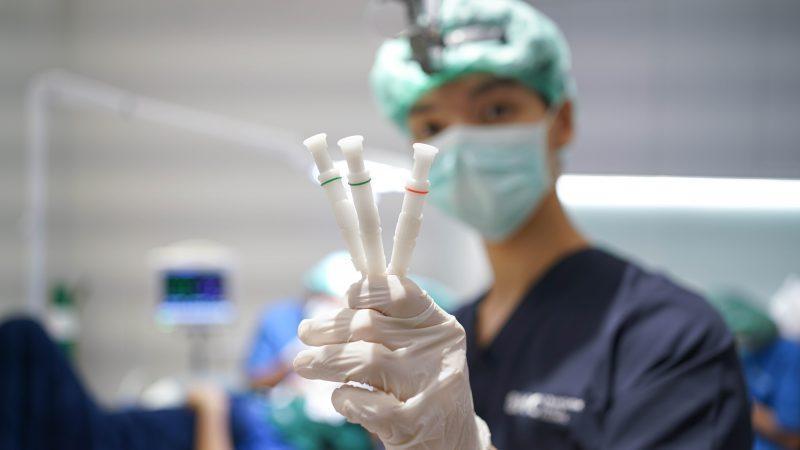
FUE with Implanter, also known as Direct Hair Implantation (DHI), is a novel technique and is considered best practice in modern hair transplantation. The procedure involves extracting strong, permanent hair from the back of the head (Donor area) and implanting them on the desired area (Recipient area) just like in FUE and FUT, but the hair follicles are directly implanted into the skin using a specially designed ‘Implanter’ device. Implanters are used during the implantation phase of the procedure instead of metal forceps used in standard practice. Its use in hair transplant significantly reduces the amount of mechanical trauma hair grafts experience during the transplantation process, improving their survival through the surgery.
